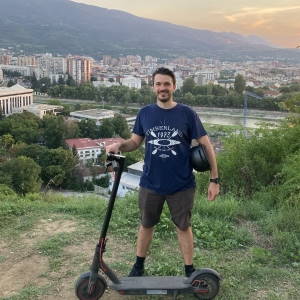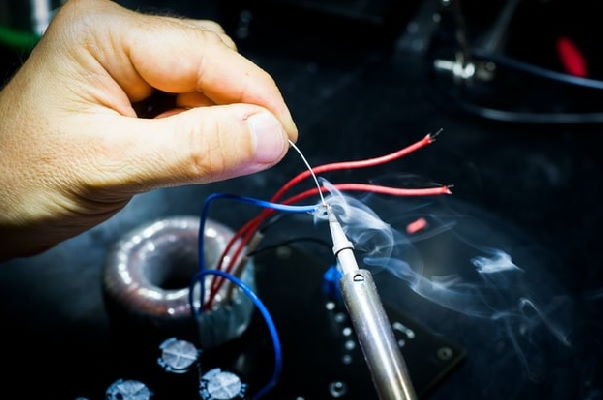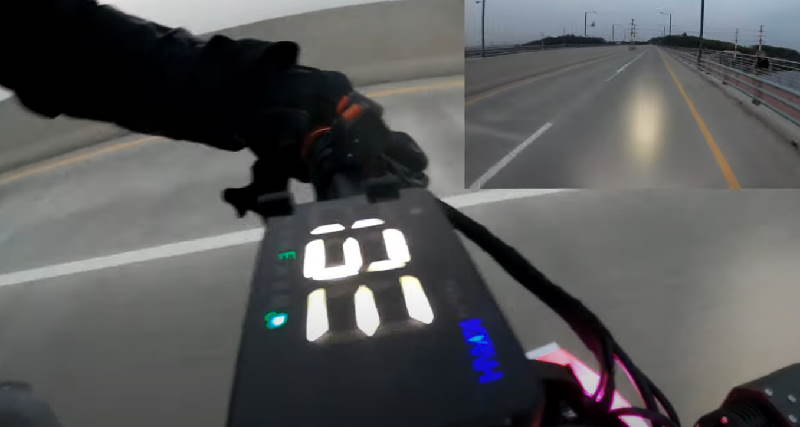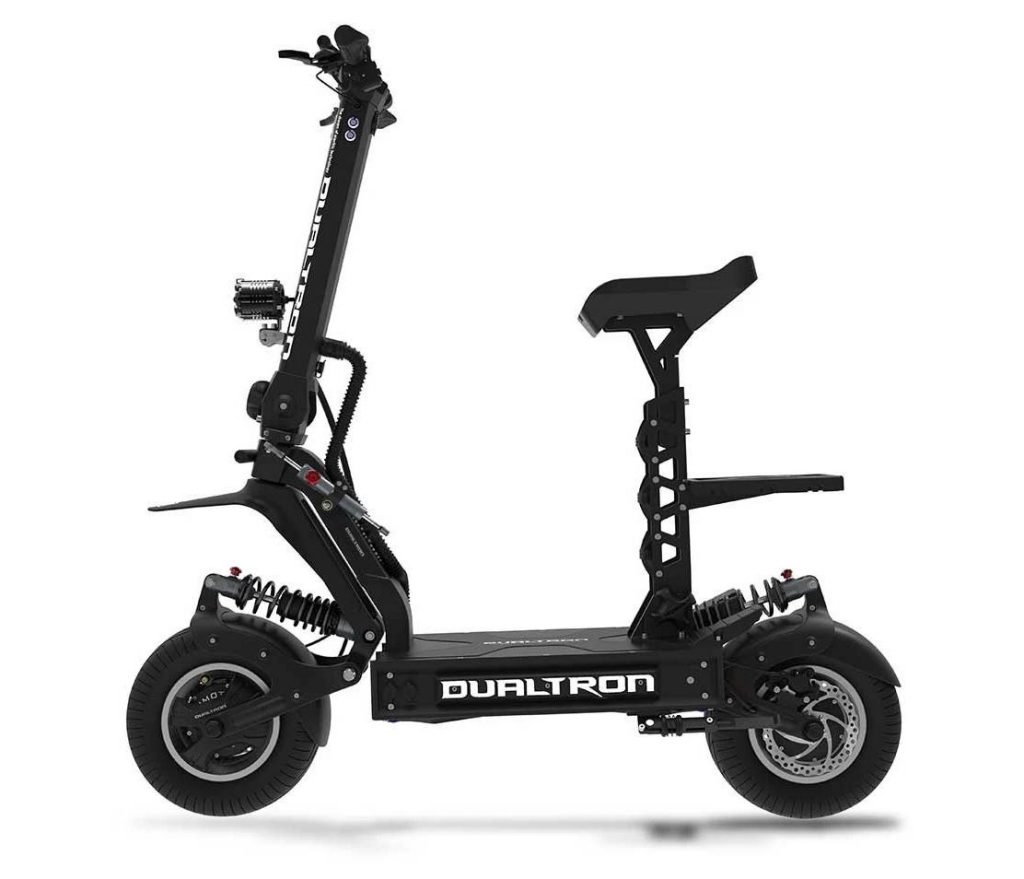You’ve probably wondered if electric scooters can go uphill, if you live in an area with lots of hills and you want to buy an electric scooter. After researching many different electric scooters and their hill climbing abilities, I’ve come up with the definitive answer.

Can electric scooters go uphill?
Electric scooters can climb hills between 15 and 20 degrees in most cases. They will have some trouble climbing steeper hills of 25 degrees or more. Budget scooters will struggle with most inclines, while powerful scooters will easily climb even the steepest slopes of 30 degrees or more.
Whether your electric scooter can climb hills will depend on some key elements: motor power, torque, battery, weight, payload, and, to a lesser extent, tires and suspension.
If steep hills are a big part of the place where you live and you ride your scooter, keep reading to discover how to master hill riding.
What determines if your electric scooter can go uphill?
An electric scooter’s ability to climb uphill will depend on several key factors:
- Motor power: The ability of your scooter to go uphill depends significantly on the power of its motor. A more powerful motor can tackle steeper inclines with greater ease.
- Battery: Your scooter’s battery and its charge level are essential. A fully charged battery with big capacity ensures optimal performance when taking on hills.
- Weight: The combined weight of the rider and any cargo being carried is another crucial factor. Lighter loads are generally easier to push uphill.
- Hill steepness: The steepness of the hill you’re trying to conquer also matters. Very steep hills might pose a challenge, even for powerful scooters.
- Tire type: The type of tires your scooter has plays a role in its hill-climbing ability. Knobby or off-road tires provide better traction on hilly terrain. Also, pneumatic tires are generally better for climbing than solid tires because of the increased traction.
- Suspension: Going uphill on your scooter puts more weight on the rear wheels. A rear suspension prevents this weight from fully affecting the wheels, making city rides and hill climbs more comfortable and confident.
How steep a hill can an electric scooter climb?
An electric scooter will climb hills of around 15-20 degrees / 27-36% without any issues, on average. The best scooters can climb hills of over 30 degrees / 57.74%. Lower-end scooters will rarely be able to climb hills steeper than 15 degrees / 26.79%.
To get a better picture, these are visual representations of the climb angles that scooters usually climb.



How to ride an electric scooter uphill?
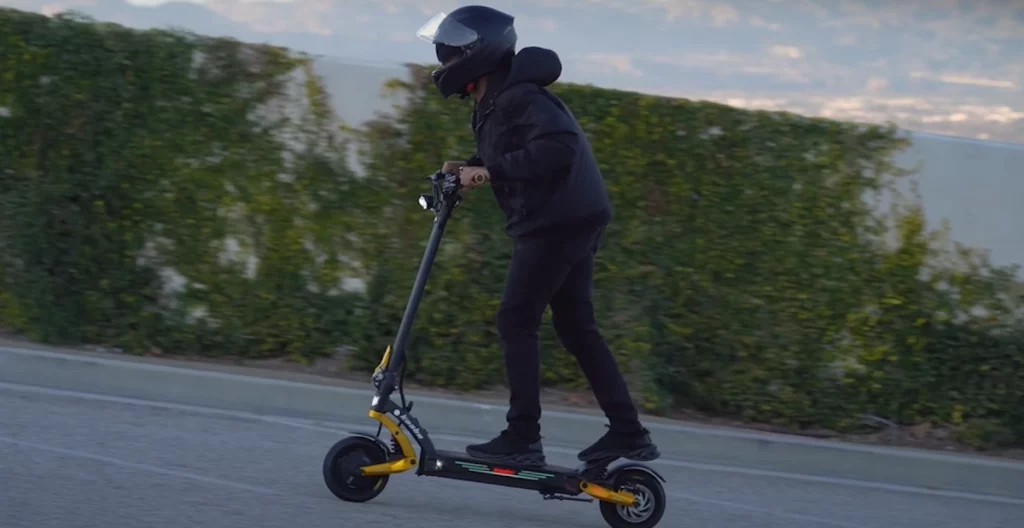
Before you hit the hill, aim for maximum acceleration while staying safe. Make sure your scooter is in its highest speed and power settings, utilizing both motors if available.
While ascending, slightly lean forward and bend your knees to ease the climb. If your scooter encounters difficulty, increase the speed to the maximum but remember to slow down as you near the hill’s peak.
Can electric scooters go downhill?
Yes, electric scooters can go downhill. When riding an electric scooter downhill, it’s a good idea to slow down, as you will be less stable and falling will have more consequences.
Lean back a little and bend your knees, use the rear brake a bit, and only use the front brake if you must.
Which are the best electric scooters for climbing hills?
The best electric scooters for climbing hills include the Kaabo Wolf King, the Zero 10X, and the Dualtron X2.
Motor power is the most important factor that will determine hill-climbing abilities, so it’s only logical that the fastest scooters out there will also tend to be the best hill climbers too.
Check out the complete guide about the best hill climbing electric scooters to learn more about the best climbers.
Electric scooter uphill test
Electric scooter uphill climbing tests are evaluations of a scooter’s performance on challenging terrains.
We perform electric scooter climb tests in two ways: with previous acceleration from a flat terrain before we reach the slope, or starting on the slope itself.
Take a look at this video by Voromotors testing the best electric scooters that can go uphill.
What the scooter manuals don’t tell you about hill climbing
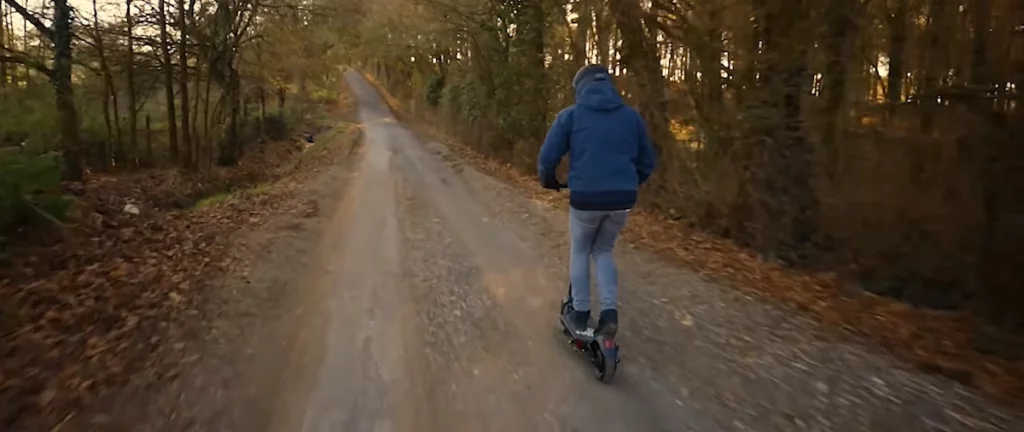
Manufacturers often list hill-climbing angles in manuals, but these numbers simplify the full picture. The hill-climbing angles represent the steepest slopes a scooter can ascend under ideal conditions: a full battery and an average-weight rider.
In reality, factors differ. Scooters aren’t always fully charged on hills, riders may be heavier, and extra items like backpacks add weight. So, while hill-climbing angles provide insights into performance, take them with suspicion.
However, many scooter manufacturers don’t report hill-climbing angles at all.
I’ve found that lower-end or less-powerful scooters tend to avoid reporting those numbers. This usually means one of two things:
- the manufacturers were not that confident in the climbing powers of the scooters
- the angle was so low, that it was better marketing to simply omit that information
The key takeaway is that, when choosing a climbing scooter, opt for one with a low angle in the specs rather than no angle reported. Generally, scooters with a low angle can handle the specified incline, while others may struggle with hill climbing.
Additionally, consider two crucial factors for a scooter’s climbing capabilities: motor power and maximum weight capacity. These directly impact the scooter’s ability to tackle steep hills. More power and a higher weight limit mean the scooter can handle steeper slopes.
Lastly, note that angles can be expressed in degrees or percentages. You can effortlessly convert between the two using our angle converter.
Can you improve the hill-climbing abilities of an electric scooter?
There are six major factors that will determine how well the scooter will go uphill:
- motor power and torque
- battery power
- removing any speed limitations that the scooter may have
- getting wider or off-road tires
- weight of the scooter
- weight of the load the scooter carries
Optimizing or improving upon any of these will make it easier for the scooter to go uphill.
However, they are not all feasible to do.
If you need some serious hill climbing powers, it may be worth considering getting a scooter that specializes in that, instead of trying to turn a budget scooter into a powerful climbing model.
Can an electric scooter stop while climbing a hill?

Less powerful or lower-end scooters may struggle to climb hills, sometimes stopping entirely. Even better scooters can face this issue when their battery is nearly drained.
If you encounter this problem, attempt another hill climb with increased speed and momentum.
If that doesn’t work, you may need to resort to manually pushing the scooter uphill.
